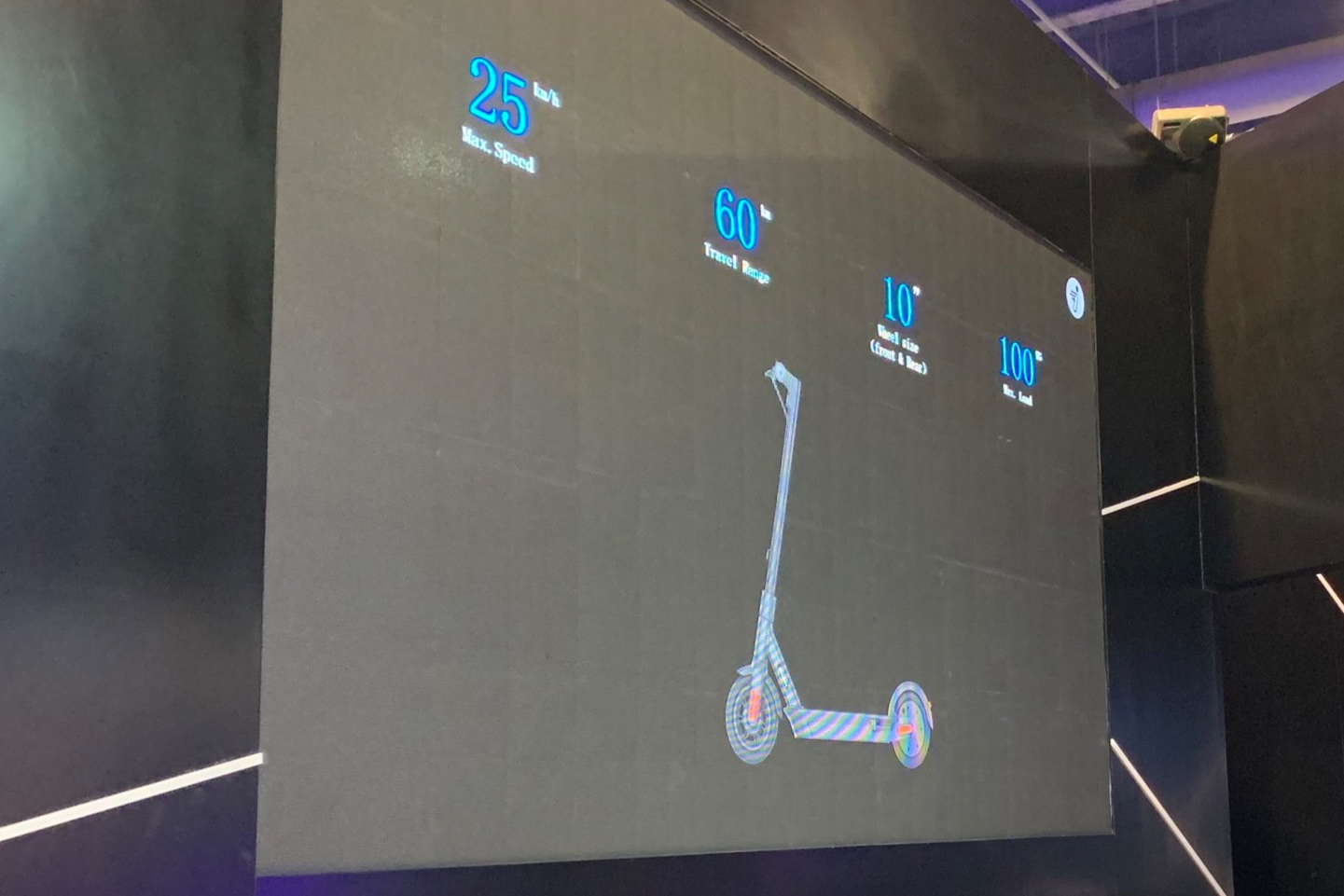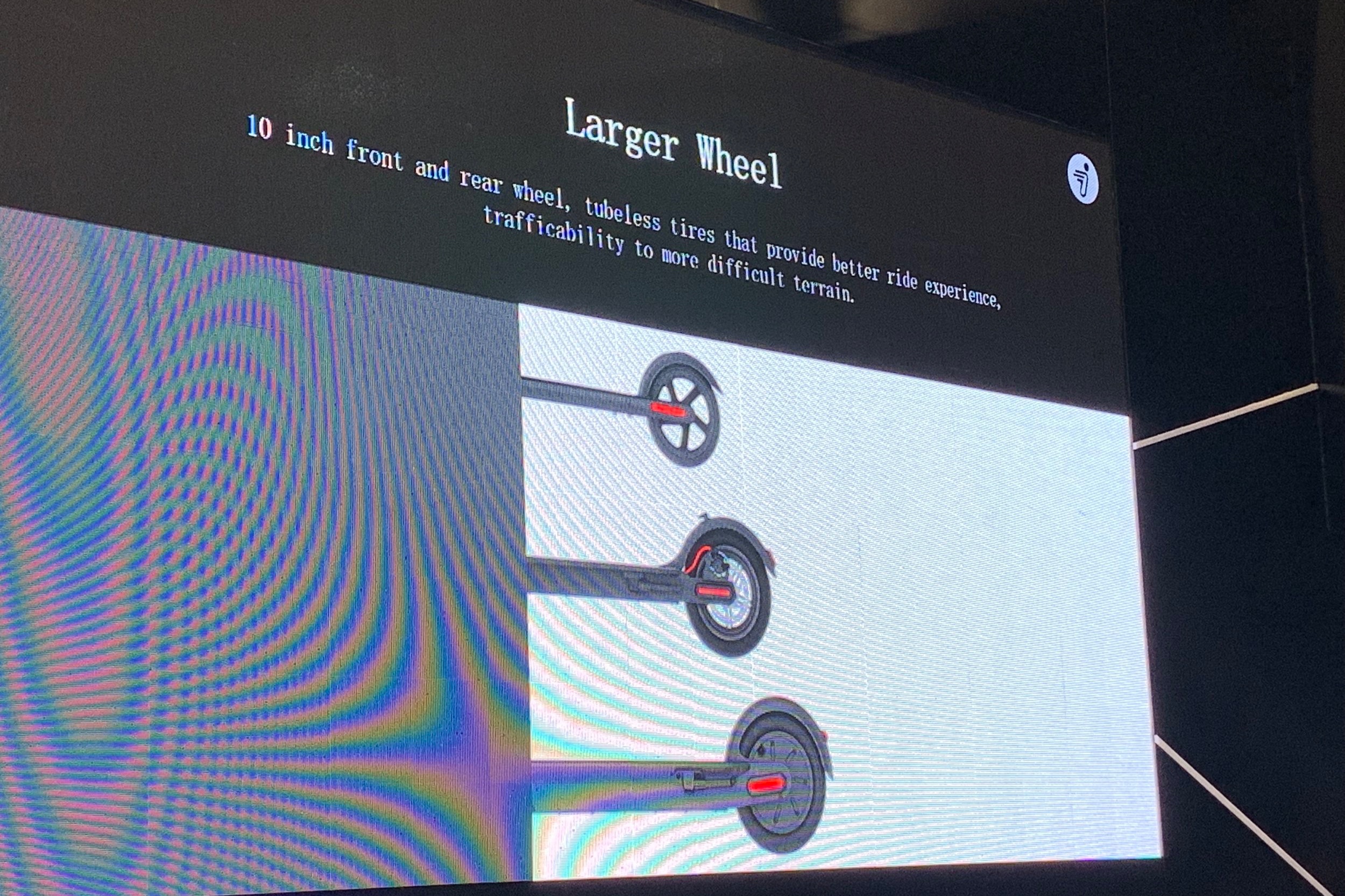At CES earlier this month, Tony Ho, VP of Global Business Development for Segway-Ninebot, said Segway wanted to be "the engine behind micromobility like Boeing is to Airlines”. Their strategy is to build scooters that can handle the most rides per day for fleet companies. Following this statement, Tony introduced Segway’s latest scooter, the Model Max. This new scooter is larger, heavier, and more durable than previous models, making it less susceptible to the wear and tear from being ridden by novices and the effects of the environment when left outdoors.



Dockless scooters introduced us to scooter travel and proven a need for an alternative mode of transportation. However, the growth of dockless scooters is limited to occasional riders. They are not guaranteed to be available for both the trip to the destination and the return home. Cities have further decreased availability by imposing limits on how many dockless shared scooters can operate, how fast they can go, and where they are allowed. This lack of availability prohibits the general public from adopting scooters as a dependable daily mode of transportation.
The future of scooters is not dockless, it is personal. When cities limited the use of scooters they conveniently left out personal scooters, both owned and leased. Personal scooters do not litter sidewalks because owners take them inside to charge. Ownership creates longterm users who become more experienced riders resulting in fewer accidents. And owning a scooter means that it’s available for ever trip.
Segway-Ninebot has a massive opportunity to compete with automakers for the 60% of the vehicles on the road traveling 0 to 5 miles. The cost of scooters allow them to compete with pennies against auto dollars while reducing air pollution and fighting mobility poverty.
Of the 1.5 million scooters Segway-Ninebot sold last year, the vast majority went to dockless companies. It is understandable Segway chose to innovate a dockless scooter first. The needs of dockless companies are different from the needs of scooter owners. Only innovating dockless scooters leaves a massive hole in the market for competitors.
Segway-Ninebot’s (Xiaomi) M365 electric scooter, originally used by Bird and Lime, is already the best balance of price, speed, style, and comfort in the market. But they can do better. At CES, Segway showed that its vision was to create more personalized form factors and optional features. Segway-Ninebot can learn from Bird and Lime and flood the market with personal M365’s to become the Model T of micromobility. Then learn directly from its users and innovate around portability and style for higher priced models.
Scooters have the ability to significantly change the way we move around our cities but we will need to cross the chasm of adoption first. Segway-Ninebot has the ability to push micromobility over the chasm of adoption sooner than later.



